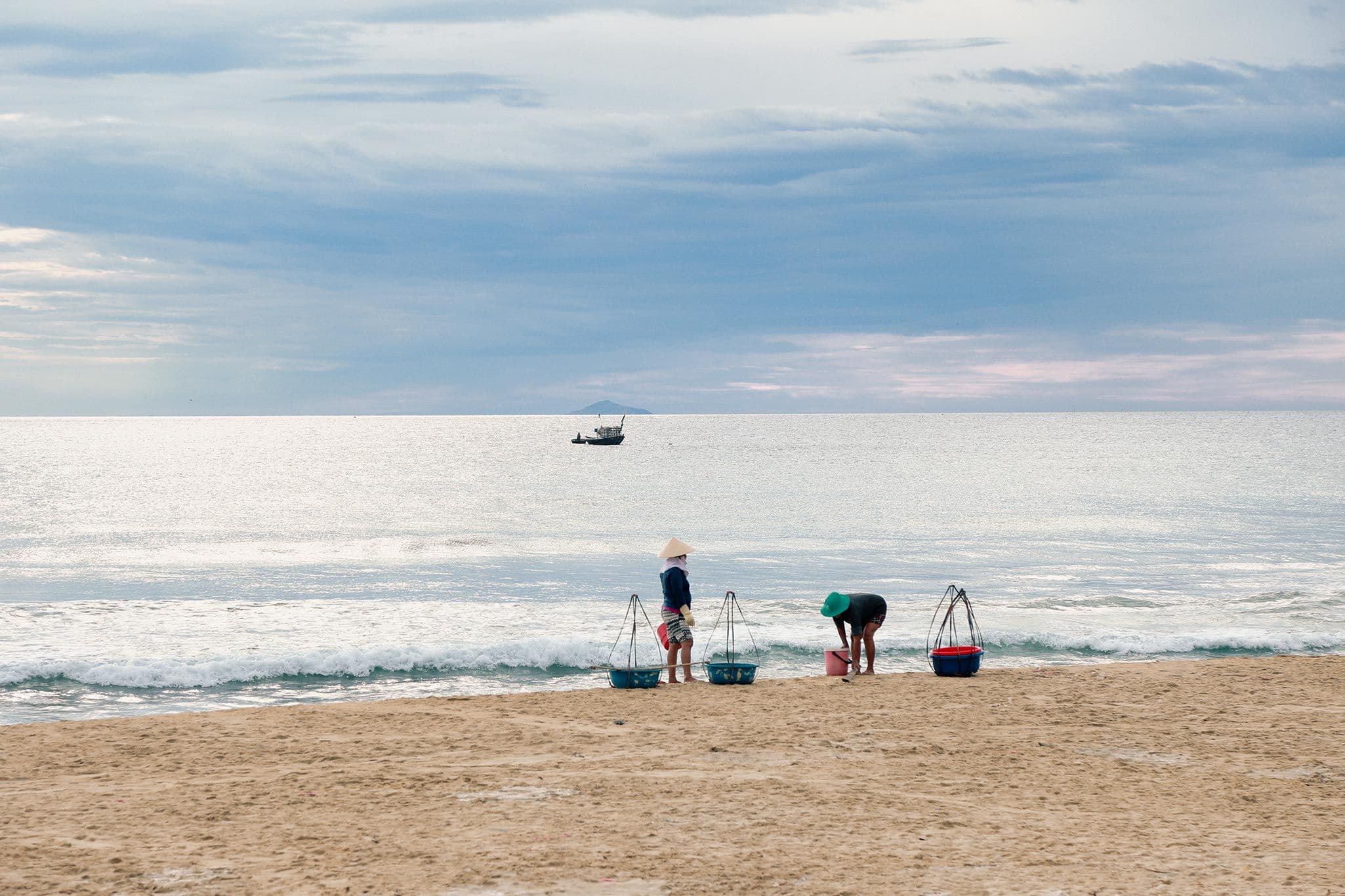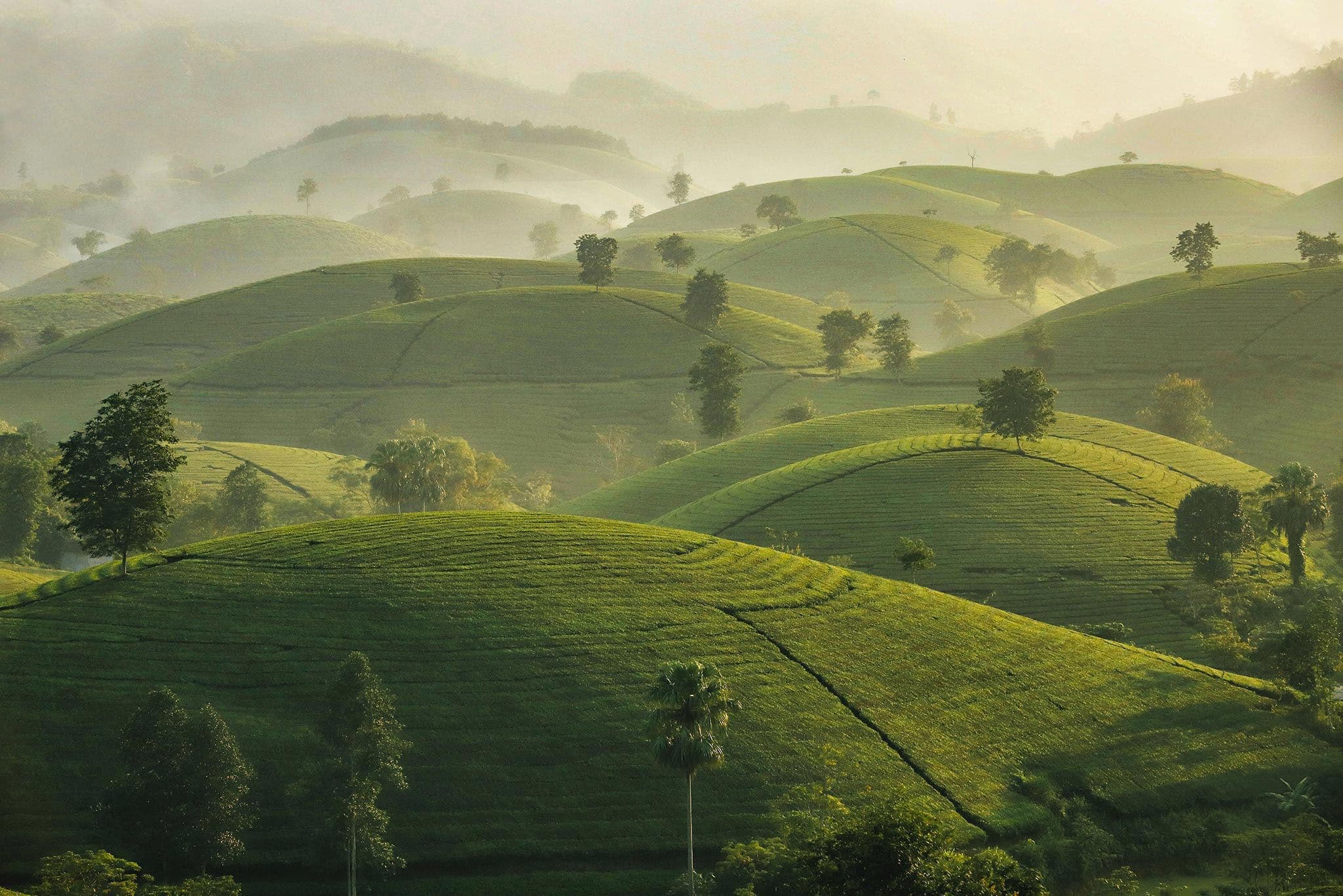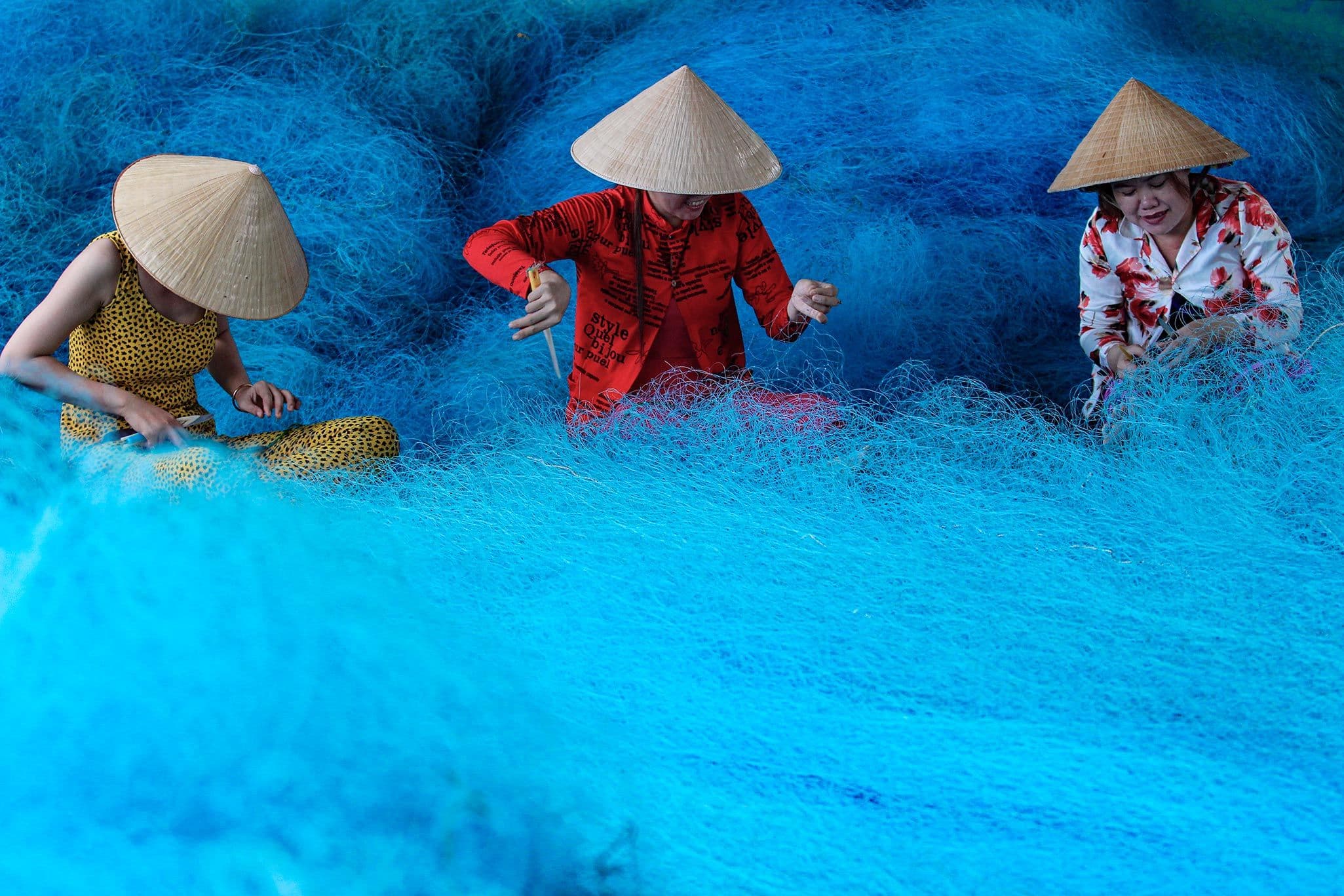
- The History of Hue Citadel
- Architecture and Design at Hue Imperial Citadel
- The Forbidden Purple City
- Hue Imperial Citadel
- Cultural Significance
- The Citadel's Significance in Vietnamese Culture
- Impact on Arts, Music, and Literature
- How to Reach the Imperial City, Hue
- Using taxi
- By walking
- What to Wear at the Imperial City
- Conclusion
Hue Imperial Citadel, situated in Hue, Vietnam, is a UNESCO World Heritage Site. It was the heart of the Nguyen Dynasty, the last royal rulers of Vietnam, from 1802 until 1945. This historical complex comprises palaces, temples, and gardens, showcasing the distinctive Vietnamese architecture and artistry.
Ftrip will delve into the Hue Citadel's rich history, its architectural beauty, cultural significance, and provide tips on visiting this remarkable location.
The History of Hue Citadel
Established in 1802 by Gia Long, the inaugural emperor of the Nguyen Dynasty, Hue Imperial City served as Vietnam's imperial capital until 1945, when the dynasty came to an end.
During its zenith, Hue Imperial City stood as an impressive and sprawling complex, comprising the Forbidden Purple City, the Imperial City, and the royal tombs. It functioned not only as a political nerve center but also as a vibrant hub for cultural and artistic endeavors.
Throughout the years, the citadel underwent numerous modifications and expansions under different rulers and dynasties.
Notable events in its history include the construction of the Perfume River Bridge in 1899, linking the Hue citadel to Hue city, and the pivotal Battle of Hue in 1968 during the Vietnam War, which inflicted significant damage on the citadel.
Despite enduring a tumultuous past, Hue Imperial City endures as a striking testament to Vietnam's majestic heritage, showcasing its grandeur and sophistication through the ages.
Architecture and Design at Hue Imperial Citadel
Hue Imperial Citadel showcases the exquisite architectural style and design of Vietnamese royalty. Encircled by a moat and sturdy stone walls, it was strategically crafted to fortify the city against potential invasions. The citadel comprises two distinct zones: the Forbidden Purple City and the Imperial City.
The Forbidden Purple City
Reserved exclusively for the emperor, his family, and trusted attendants, the Forbidden Purple City served as the private quarters of the monarch. This area boasts splendid palaces, lush gardens, and serene courtyards.
In contrast, the Imperial City functioned as the administrative hub, accommodating governmental offices and structures.
Hue Imperial Citadel
The Hue Imperial Citadel, a historical site in Vietnam, showcases several notable architectural marvels.
At the forefront stands the Ngo Mon Gate, adorned with intricate carvings and housing the Nine Holy Cannons.
Within, visitors are greeted by the majestic Thai Hoa Palace, distinguished by its expansive halls and lavish gold decorations. Other noteworthy structures within the citadel include the Mieu Temple, Dien Tho Residence, and Hien Lam Pavilion.
Adding to its allure are the picturesque gardens, such as those surrounding the Thien Mu Pagoda and Tu Duc Tomb, featuring serene lakes and charming pavilions.
Reflecting the splendor of Vietnamese heritage, the design of Hue Imperial Citadel captivates history and architecture enthusiasts alike, offering a glimpse into the country's rich cultural legacy.
Cultural Significance
Hue Citadel showcases stunning Vietnamese architecture and design, with deep cultural and historical importance. Serving as Vietnam's political and cultural hub for a century, it was the seat of the influential Nguyen Dynasty, pivotal in shaping the country's culture and identity.
The Citadel's Significance in Vietnamese Culture
The citadel played a crucial role as a center for artistic and cultural expression, nurturing literature, music, and various art forms. Renowned Vietnamese scholars, poets, and artists were closely linked with the Nguyen Dynasty, and their contributions remain revered and cherished today.
Furthermore, the Hue Citadel holds importance as a symbol of cultural amalgamation, showcasing a blend of diverse influences, notably Chinese and French architectural styles. It integrates traditional Vietnamese design elements such as wood and lacquer, alongside intricate carvings and detailed artwork.
Impact on Arts, Music, and Literature
Beyond its cultural prominence, the Hue Imperial City holds historical significance. It witnessed pivotal moments in Vietnamese history, including imperial coronations, significant battles, Hue cuisine and the conclusion of the Nguyen Dynasty.
How to Reach the Imperial City, Hue
The Imperial City in Hue is situated in Thành phố, Huế, Thua Thien Hue, Vietnam. Chances are, you'll be staying on the opposite side of the bridge from where the Imperial City is located. This is because most accommodations, restaurants, and new developments are situated on the other side of the river.
Using taxi
If you haven't already installed the Grab app on your smartphone, it's highly recommended. Grab is essentially the Uber of Southeast Asia and proves incredibly useful for transportation from one place to another.
With these taxi service, there's no need to negotiate fares, plead with drivers to use the meter, or worry about the exact drop-off location. Depending on whether you're traveling alone or with a group, you can either request a motorbike for individual travel or a car for group transportation.
By walking
Walking was my preferred mode of transportation to reach the Imperial City, and it proved to be quite convenient. Opting for an early morning visit helped us avoid the midday heat. Despite being a few kilometers away from our guesthouse, the scenic river views made the journey enjoyable.
For those unsure of directions, we suggest downloading the Maps.Me app on your phone. This app provides offline maps, allowing you to navigate to your destination even without a local SIM card.
If you didn't initially plan to visit Hue but now feel a bit regretful, there's good news! You can still experience it through day trips from the well-known tourist spot, Hoi An. For just $4.00 extra, the Hue Imperial City Tour from Hoi An and Da Nang offers everything mentioned above, along with return transfers via the scenic Hai Van Pass.
What to Wear at the Imperial City
When preparing to visit the Imperial City of Hue, the author was uncertain about the appropriate attire. Accustomed to covering up when visiting religious and significant sites in Thailand, they initially believed it necessary to dress modestly, covering shoulders and knees. However, upon arrival, they observed that many visitors were wearing shorts and sleeveless tops without any issue.
Therefore, it's advised not to feel obliged to cover up extensively, especially considering the hot weather in Vietnam. Bringing along a water bottle is recommended for exploring the Hue citadel, as it can get quite hot. The author notes that they only encountered one place inside the citadel selling drinks and food, albeit at exorbitant prices.
Conclusion
The Hue Citadel is an impressive place to delve into Vietnam's abundant historical and cultural heritage. Featuring magnificent landmarks, museums, and gardens, it offers a glimpse into the splendor of the nation's imperial history. It's perfect for history enthusiasts or those in search of an unforgettable journey.
Ftrip Vietnam is your go-to hub for booking tours to the Hue citadel! Our team of seasoned experts is well-prepared with deep insights and a dedication to delivering outstanding service. Whether you're a seasoned globetrotter or embarking on your maiden voyage, we're here to craft tailored experiences that exceed your wildest dreams.










